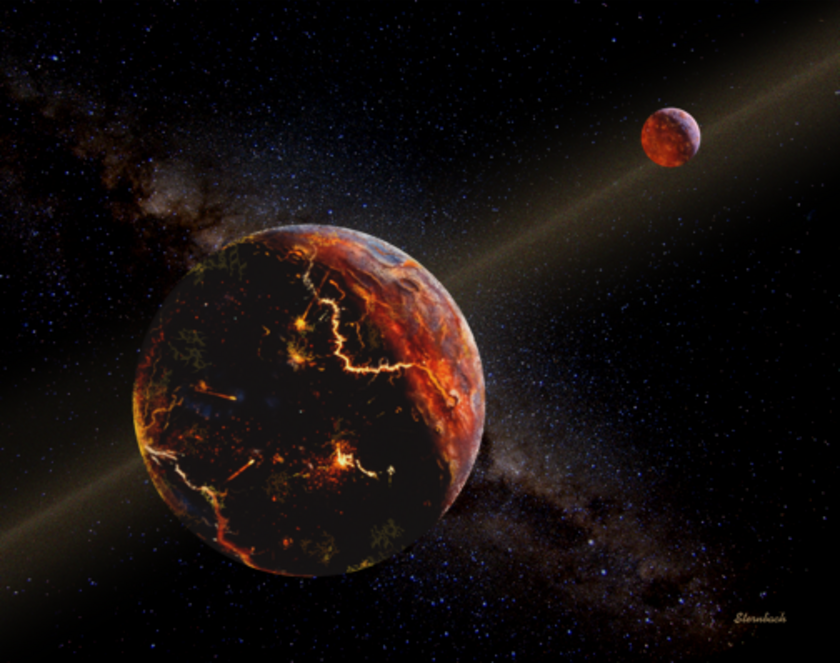

Ask students to identify where the shadow of Earth is during this phase-it will not fall on the Moon, but behind them.

Students will see only the dark face of the sphere, equivalent to the new Moon (the Moon on Day 0 of the cycle). Safety note: Tell students not to look directly at the Sun/bulb. Instruct students to face the lamp from various places around the room and extend the model Moon directly in front of them, at about eye level ( Figure 2). To begin, darken the room except for the “Sun.” Write “Day 0” or the date of the most recent new Moon on the board. Just make sure that students have enough space for what follows. Materials allowing, you could give a model to pairs or even individual students. Divide the class into a few groups and give each group one model Moon. In this model, the Moon will orbit the Earth, and we will recreate the apparent phases of the Moon. Tell students that their heads will represent the Earth and that their eyes will give the viewpoint from Earth. Tell students that the ball will represent the Moon and the pencil is a convenient way of holding it without your hand getting in the way of the Moon. Then, take out a white Styrofoam ball (two to three inches in diameter is fine) with a pencil or dowel rod stuck into the ball, like an oversized lollipop. To represent the Sun in the model, place a bright, uncovered 100-watt lamp in the middle of the room. Now, they are going to learn about how the Moon’s phases work using another kind of model-a physical model (adapted from NASA’s Jet Propulsion Laboratory, 2010) in which they will be a part of the system. Tell students that the drawings they just created and compared were a kind of model of the Moon’s behavior.


 0 kommentar(er)
0 kommentar(er)
